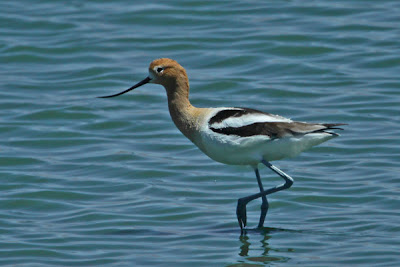I’m just back from Arizona and another successful birding tour in the Grand Canyon State. The itinerary was the familiar one that we have been using for several years now. It included Tucson (Sabino Canyon, Sweetwater Wetlands and Mount Lemmon), Portal (Cave Creek Canyon), Sierra Vista (San Pedro Riparian National Conservation Area, Garden, Huachuca, Ramsey & Miller Canyons), Green Valley (Madera Canyon), Sedona (Oak Creek Canyon) and finally the Grand Canyon itself.
In contrast to last year, the weather was mostly very warm and we found everywhere to be very dry after a winter with little rain. It was also quite windy on occasions. These are conditions that give rise to an extreme risk of fires and since my return there has been a major outbreak in the Chiricahuas which is affecting about 10,000 acres near Portal. It has threatened Cave Creek Canyon and quite a number of homes in the area have been evacuated. Currently, it is reported that the fire is 10% contained and that the Forest Service has 343 people fighting it. Up to date news of the fire can be found here.
As in 2006, our tour coincided with the passage through Arizona of thousands of Wilson’s Warblers heading north from Mexico and Central America to breed in Canada and the Pacific North-West. There were times, particularly along the San Pedro River, when we were almost in danger of stepping on them! Audubon’s (Yellow-rumped) Warblers were also numerous.
Empidonax flycatchers were abundant and gave us repeated identification challenges! With the popular field guides (Sibley, Kaufmann, National Geographic) saying that Cordilleran and Pacific-slope Flycatchers are identical in appearance and separable only by the call of the male, it is probably best to call them ‘Western’ Flycatchers, as they were before being split in 1989. There are many who still regard this as a ‘bad’ split and I can understand why! Dusky and Hammond’s Flycatchers probably are separate species but they, too, are very difficult to separate.

'Western' Flycatcher
Fortunately, there were also plenty of brightly-coloured and easily identifiable birds to see, which is what you want, particularly if, like some of our group, it’s your first visit to the USA. Not everyone on a birding tour wants to spend time agonising about the identity of lots of small, grey, brown or olive-green birds! So, Painted Redstart, Elegant Trogon, Hooded, Scott’s and Bullock’s Orioles and Western Tanagers were popular.
Greater Roadrunner and California Condor were two of the ‘most-wanted’ species and although it would have been a major surprise if we hadn’t seen them, both took a little longer to present themselves than I would have liked. There are now reported to be 74 Condors living in the wild in Arizona and as a result of captive breeding, the total population has increased dramatically from 22 birds in 1987 (the brink of extinction) to 369 birds in 2011.
Our total bird list fell just short of 200 species, about par for the course. As always, among my own personal favourites were the waders (shorebirds if you’re reading this in the USA). They included Willets, Wilson’s Phalaropes, American Avocets, Long-billed Dowitchers, Lesser Yellowlegs, Solitary Sandpipers and, of course, Killdeers.
We are hoping to be back in Arizona (and California) at the end of the year when we lead the Avian Adventures Christmas tour across the deserts from San Diego to Tucson.

















No comments:
Post a Comment